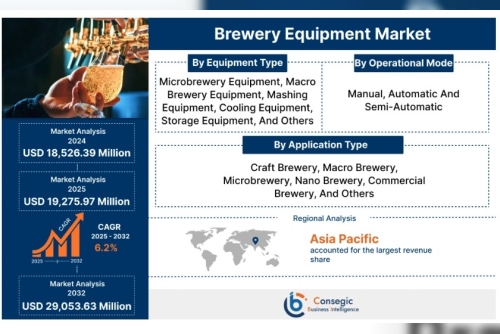Engineers and scientists can better comprehend copper's performance in various situations by studying its corrosive qualities, which can be determined through copper corrosion testing. We'll deconstruct the fundamentals of testing for copper corrosion in this blog article so you can make sure your projects are up to par.
What Is Copper Corrosion Testing?
By submerging copper in various solutions and tracking the resistance over time, copper corrosion testing is a technique used to assess the metal's corrosive characteristics. This makes it possible to measure how rapidly a metal corrodes when subjected to specific conditions and can be used to judge how suitable a metal is for a given application. It's significant to remember that there are various test types accessible, each with a unique set of benefits and drawbacks.
Copper Corrosion Tests
The Gravimeter Test is the most popular test type used to examine copper corrosion. In order to determine how much mass has been lost as a result of corrosion, a sample piece of copper must be immersed in a solution for a predetermined amount of time, and then it must be weighed thereafter. Electrochemical Impedance Spectroscopy (EIS), a different technique, examines the electric current flowing through the sample as it changes over time in response to its surroundings. At extremely high magnifications, scanning electron microscopy (SEM) can also be utilised to study micro-level corrosion-related changes in copper samples.
Copper corrosion test method
For assessing copper pipe material in water systems, an efficient copper corrosion test method is essential. This technique precisely calculates copper corrosion rates, which are frequently brought on by an imbalance in the compositions of copper and copper alloys. In the copper corrosion test, copper samples are submerged in a chloride-containing solution, and the weight loss of the copper over a predetermined time is then measured. To guarantee accuracy, every copper corrosion test is regulated and usually carried out according to precise guidelines. Testing for copper corrosion aids in determining copper corrosion rates that determine maintenance schedules, product replacement cycles, and the development of improved safeguards against unabated deterioration.











